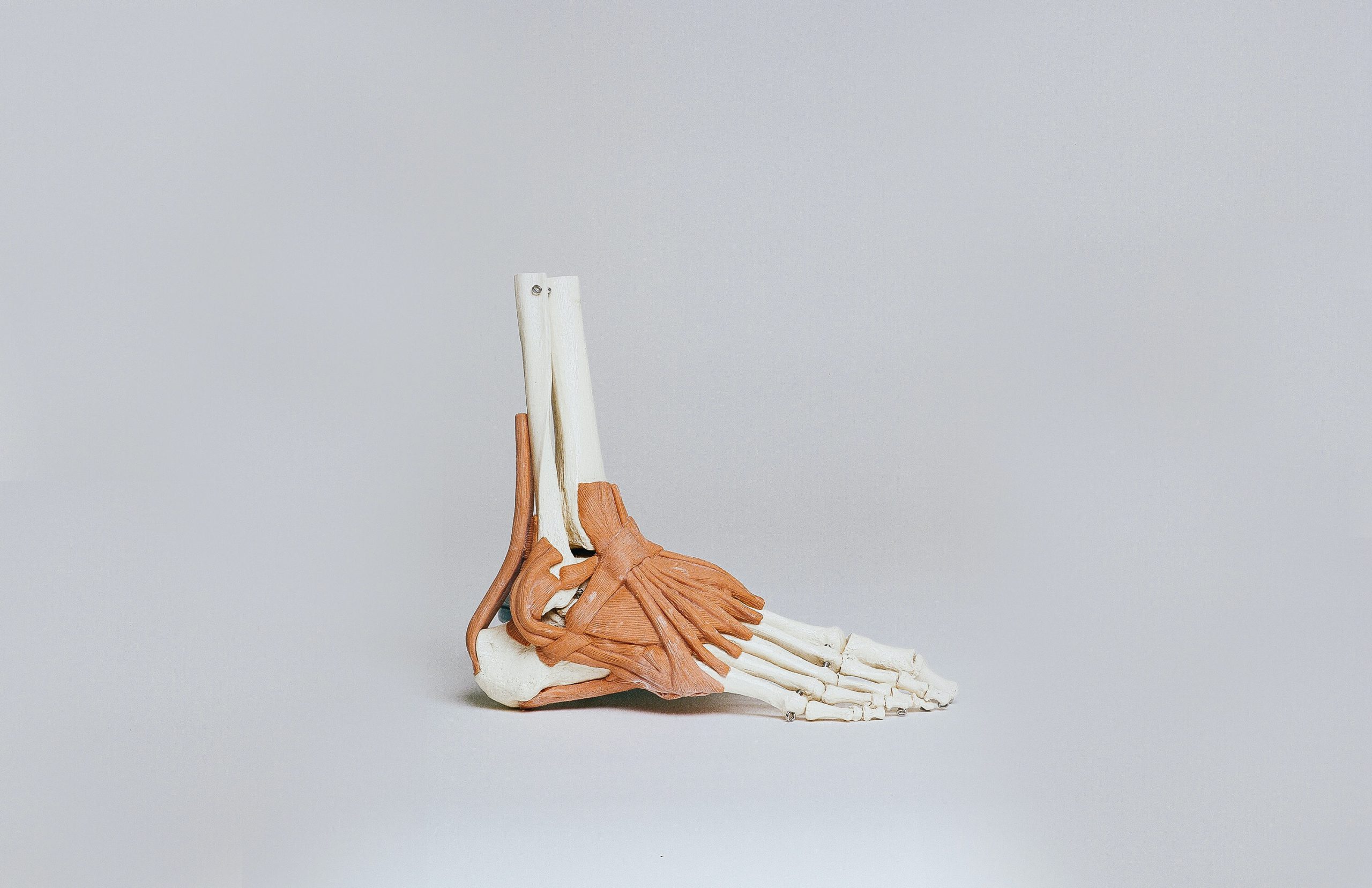Mental well-being for athletes recovering from injury
Injury is a physiological event that can affect competitive athletes who test their limits every day. While injuries, however unpleasant, are to be expected, when two or more occur close together, whatever the magnitude, they can be a warning sign of an underlying imbalance.
The role of mental well-being in the incidence of injury
Being aware of one’s condition plays a fundamental role in preventing and recovering from injury as, in order to achieve a goal, dynamics often come into play that can push athletes to exceed their limit and pay too high a price.
Too often, sporting rhetoric suggests that it is reasonable to attempt to achieve a result at any cost. Not all athletes who strive to achieve their full potential manage to perform at a high level: the reality is that many only occasionally achieve the performance to which they aspire, but then fail to maintain consistency. Others, on the other hand, fail to even come close to the level of performance they would like.
Mental health may therefore be at the root of recurring injuries and performance that falls short of expectations: scientific sports literature closely links injury with mental well-being. A high and chronic level of nervous tension, accompanied by a lack of awareness of its nature and of the best ways to manage it, causes generalised rigidity and various musculoskeletal setbacks. Tension also leads to inefficient risk assessment: eagerness to release tension can lead to unnecessary or excessive risks being taken.
There are many reasons why athletes might experience a period of imbalance and they inevitably affect various aspects of sporting activity, increasing the incidence of injury and sometimes resulting in competitive activity being abandoned.
Managing an injury
Where should you start when dealing with an injury? First of all, it can be an opportunity for reflection. Being forced to stop can present an opportunity for athletes to reconsider their balance. Unfortunately, this stage can often be seen as a waste of time caused simply by bad luck, poor athletic preparation, or a weak general constitution due to imponderable genetic factors. At this stage, it is also important to consider the function of pain.
Pain is in fact a signal that can stick in your memory, even a long time after its acute manifestation. An athlete who suffers an injury is thus faced not only with the physical work needed to fully recover, but also with the anxiety and worry associated with the fear that the pain may return, that the injury will be repeated, that the damage will be more serious than expected, that nothing will be the same as before.
There is an explanation for this. The human nervous system is programmed only to forget traumas that are so severe that they challenge a person’s psychophysical stability. In these cases, shock mechanisms come into play to preserve psycho-emotional stability, limiting the extent to which the events and sensations linked to the trauma are committed to memory.
In all other cases, the memory of the pain is instead cultivated and stored in a part of the memory that is easily accessible. This mechanism is definitely unhelpful to the injured athlete. However, if it is seen as an evolutionary survival mechanism it is much easier to accept: remembering pain motivates us not to experience it again.
Mental well-being of the athlete: managing recovery from injury
What can athletes do to ensure that recovering from injury and returning to sport are as positive as it can be from a mental point of view?
First of all, don’t blame yourself for your inability to erase the memory of the pain. You cannot force yourself to forget the pain, but it is normal for the memory to fade with time. You need to be very patient with yourself. Knowing and accepting this mechanism, which is part of being human, makes it easier to overcome negative thoughts, without wasting energy in rejecting them and putting up useless resistance that only generates fear: a downward spiral that can suck up physical and mental energy.
The second piece of advice is to include small daily challenges in the recovery programme, i.e. behaviours that will stimulate certain feelings. For example, athletes can gradually test the injured part of the body by paying attention to how their body responds.
Listening to the sensations will help them get to know the part of their body that has changed or been transformed as a result of the injury. We never give this aspect enough thought: an injury, be it big or small, always leaves a mark and alters the balance of the affected body part, even if everything is apparently back to the way it was. Getting to know that part of ourselves better will allow us to make the most of its new, changed abilities.









